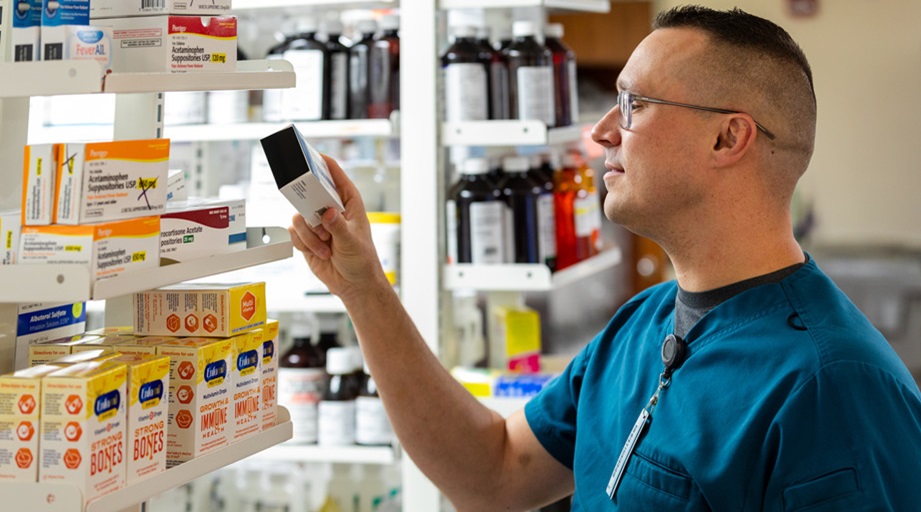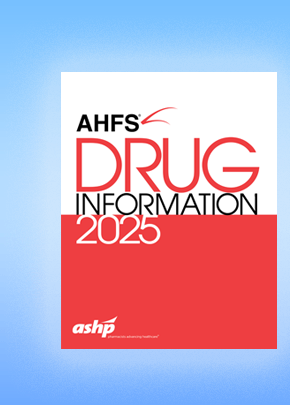
ASHP’s Executive Forum on Cold Chain Management met virtually Oct. 11 to share insights on how best to receive, store, and move medications in accordance with regulatory expectations and product integrity requirements — and what to do when things go wrong.
“Short-term temperature excursions do occur and will occur when you store a product and in transfer through the supply chain,” acknowledged Desmond Hunt, principal scientific liaison for U.S. Pharmacopeia (USP) in Rockville, Maryland. “We’re hoping, as an industry, that we go from temperature excursion panic to temperature excursion management, knowing that these things are going to occur and planning for those worst-case events.”
Hunt was the first speaker at the session on Health-Systems Design to Optimize Cold Chain Management. The event was organized by the ASHP Innovation Center and supported by a grant from Cold Chain Technologies.
The executive forum previously convened April 19 to define the current state of cold chain management and how it affects health systems. A third session is scheduled for next spring and will focus on future directions of cold chain management in health systems.
One of the key tasks for the group is to develop a self-assessment tool to help health systems identify and resolve gaps in their cold chain management practices. The tool will highlight best practices and allow cold chain leaders to understand temperature-controlled distribution and process flows for temperature sensitive pharmaceuticals, biologics, and vaccines.
During the Oct. 11 session, Hunt described how USP’s relevant cold chain standards have evolved in the nearly three decades since the release of USP General Chapter <1079>, which covers good storage and shipping practices. He said one issue that remains confusing for stakeholders is how to use mean kinetic temperature, or MKT, to evaluate storage and transit conditions.
Hunt emphasized that MKT is not suitable for routine temperature tracking. He noted that moving a product to cold storage after a high temperature excursion can lower the MKT to within the required range but won’t fix the product if it degraded during the excursion.
“Once you have a negative impact related to a temperature excursion ... it can’t be reversed,” he said. But he said MKT can be used in a root cause analysis of an excursion to help determine whether the product remains safe and effective for administration to patients — the overarching concern of attendees.
Hunt also noted that if a product undergoes multiple temperature excursions at the hands of a single entity, the organization’s cold chain management practices are out of control and must be reevaluated.
Attendees indicated that they appreciated Hunt’s insights and welcomed opportunities to engage further with USP on regulatory expectations and collaborate on tools to assist with compliance.
The session included presentations on how institutions use lessons learned during weather events and other natural disasters to develop cold chain policies and procedures and to support capital investment in backup storage and generator power.
“We have had several events that have challenged us in a way that allowed for learning and growth,” said Jason Chou, vice president of pharmacy services for Ochsner Health in New Orleans, Louisiana.
Chou said the health system’s hurricane preparedness protocols include bringing expensive cold-storage medications from vulnerable clinics to a central storage facility. He also recommended routinely distributing costly medications across multiple storage units, when possible, to minimize losses from equipment failure.
Chou said problematic temperature excursions can occur even during good weather. This includes something as simple as inadvertently unplugging a refrigerator, leaving a unit that stores temperature-sensitive medications without power for a prolonged period of time.
For everyday cold chain management, Chou said, Ochsner requires refrigerated medications to be stored in single-door units, rather than higher-capacity double-door refrigerators, to limit potential product loss. Ochsner has also purchased insulated containers for product transport and invested in temperature monitoring solutions for transit. Chou said the health system is moving to standardize monitoring across the organization, and staff are trained in how to use the devices and respond to temperature excursions.
Approximately half of the respondents in an April 2022 ASHP survey of pharmacy leaders cited storage capacity and space as their top cold chain management challenge over the past year. About 20% of respondents said they were challenged by capital and budget constraints related to cold chain management.
Executive forum participants identified the need to invest in storage space, reduce equipment variation, and bring redundant electrical power sources online as key strategic priorities for pharmacy. Another priority was to improve collaboration among shippers, wholesalers, and other stakeholders to identify cold chain process improvement opportunities. Participants also urged organizations to develop centralized processes for monitoring and managing temperature excursions.
Many of the cold chain challenges that were discussed during the session related to tracking and managing temperature excursions as products move from central storage to clinic or home sites and obtaining definitive data on how excursions affect specific products.
Participants also agreed that ongoing reassessment of cold chain policies and procedures and training of staff are necessary to ensure product integrity and patient safety. And the group encouraged discussions with vendors about current and planned development of sustainable packaging to minimize waste in the cold chain.
The Oct. 11 session was led by facilitator Annette Karageanes, director of pharmacy for Michigan-based Corewell Health. The attendees represented health systems, specialty pharmacies, wholesalers, distributors, pharmaceutical manufacturers, military pharmacy, and other stakeholders.








